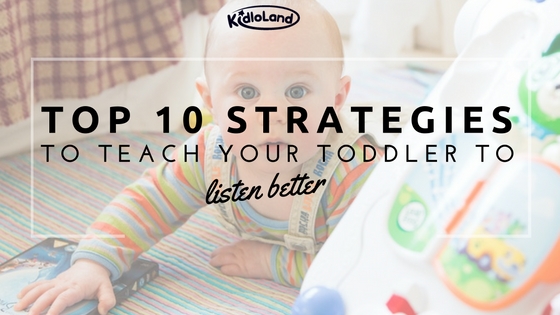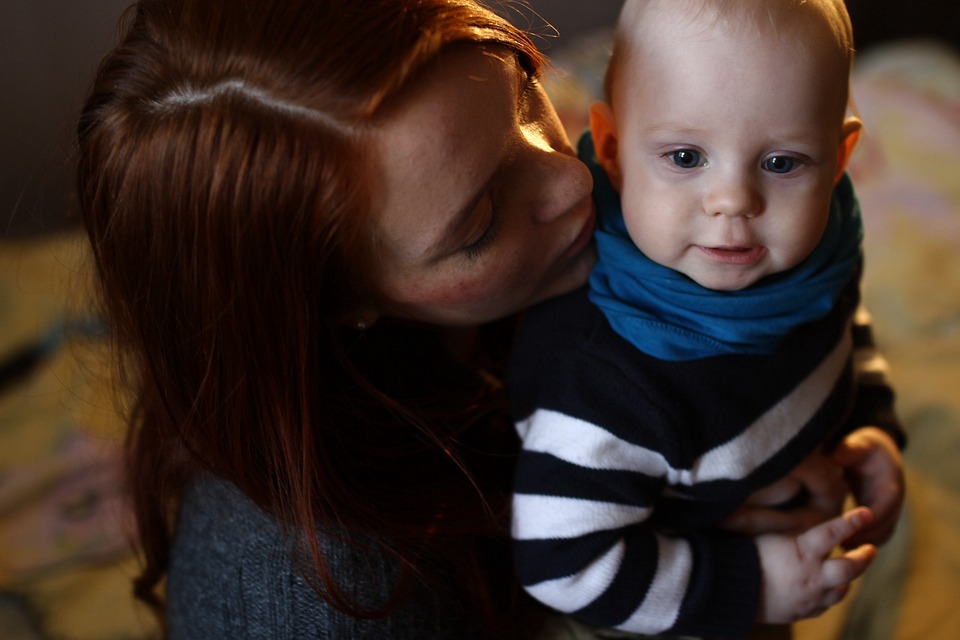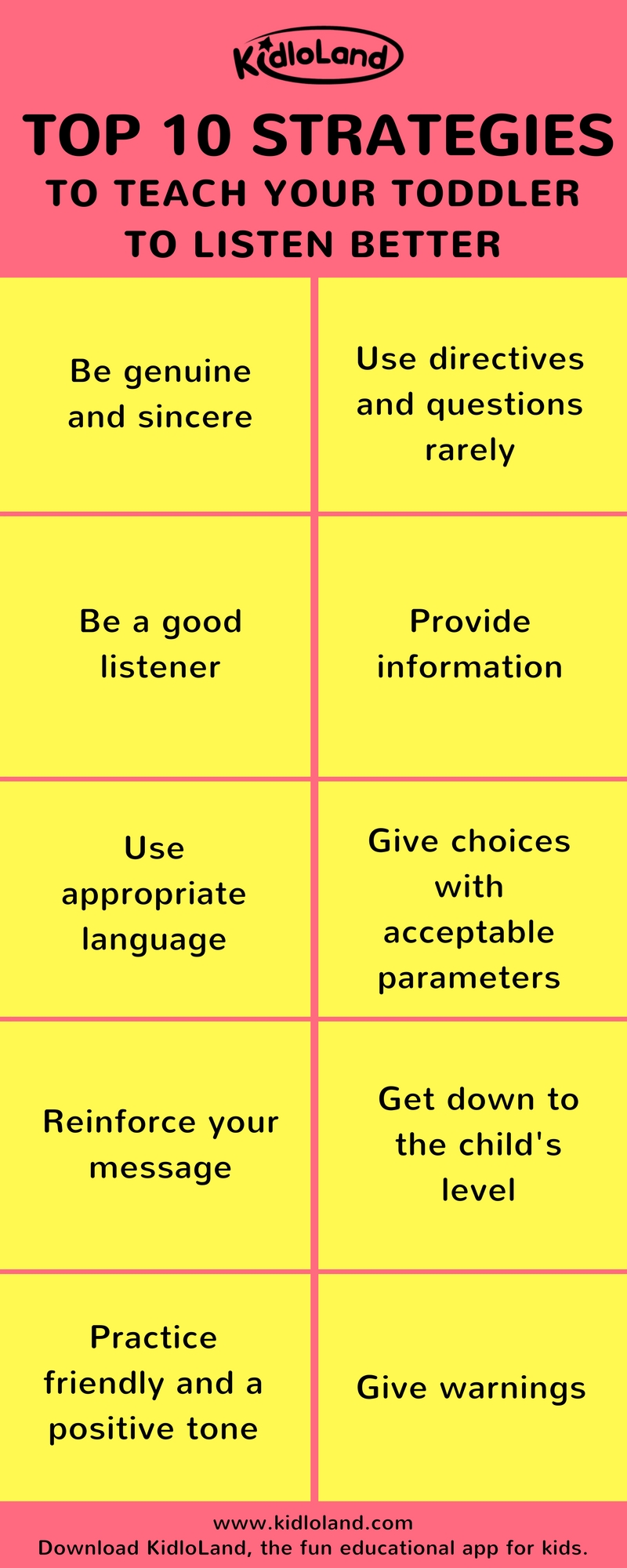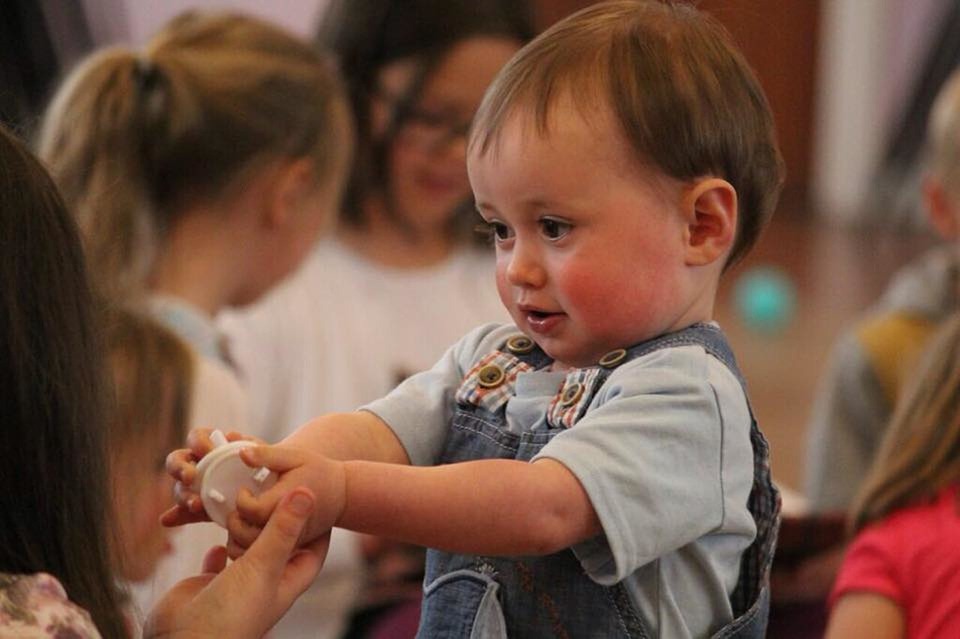
10 Strategies To Teach Your Toddler To Listen Better
A toddler begins to exhibit non-compliance at the age of two! Common behaviors during this stage are frequent use of the word “no,” difficulty sharing, claiming possessions as “mine”, picky eating, and throwing tantrums when they do not get their way. Below are a few strategies for minimizing non-compliance and increasing listening.
Top 10 Strategies To Teach Your Toddler To Listen Better Are:
1. Be genuine and sincere
Use phrases such as “I need you to” instead of “You need to” when you need your child to do something.
2. Use directives and questions rarely
Avoid firing questions or instructions to your child that they fail to respond to.
3. Be a good listener
Be a role model for good listening by showing that you are listening to your child by imitating and reflecting back what your child says.
4. Provide information
Give information in a non-demanding manner like “It is time to get changed” or “I’d like you to get changed,”, hoping that your child will consider the information and change their behavior.
5. Give choices with acceptable parameters
State all requests or directions as choices when you can. Instead of saying, “You need to get dressed now.” Try, “Do you want to put on your shirt or pants first?”
6. Reinforce your message
Along with verbal messages, give visual cues, physical cues, and demonstrations. Say, “Time for bed!” by flicking the light switch, laying a hand on baby’s shoulder and steering her toward her bed and pulling down the covers and patting the pillow.
7. Get down to the child’s level
Eye contact is important. Squat down or pick up your child, so you can look him in the eye and get his attention.

8. Practice friendly and a positive tone
Make use of positive terms that tell your child what to do (e.g., “Walk!”) instead of what not to do (e.g., “No running!”).
9. Give warnings
Practice giving advance notices before a big change will take place, especially if your toddler happily involved with toys or a friend.
10. Use appropriate language
Make use of positive terms that tell your child what to do (e.g., “Walk!”) instead of what not to do (e.g., “No running!”).


Image Credits: PublicDomainPictures, Kasman, ImagesBG
